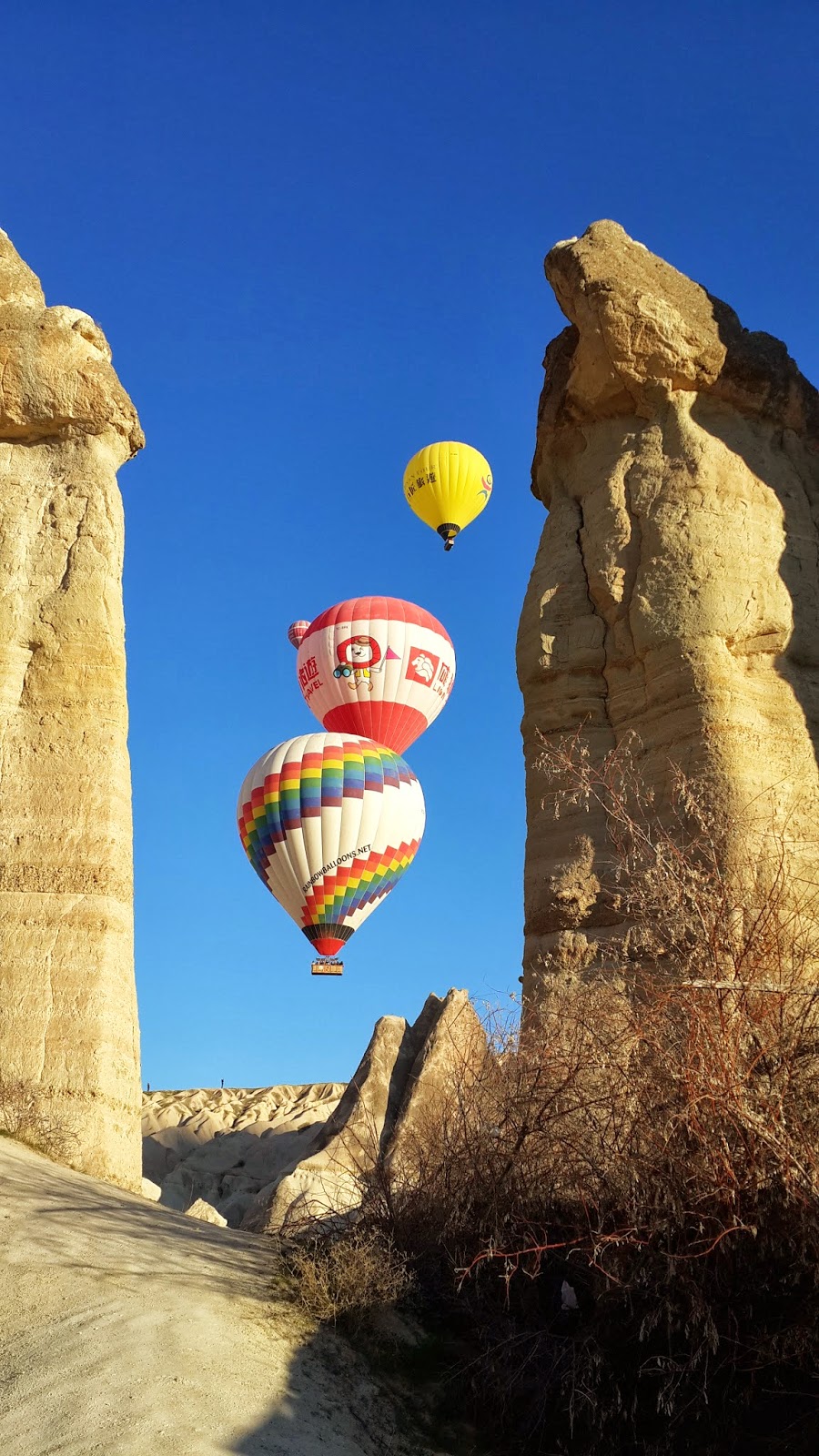THE HISTORY OF HOT AIR BALLOONING
On the 19th September 1783 Pilatre De Rozier, a scientist, launched the first hot air balloon called 'Aerostat Reveillon'. The passengers were a sheep, a duck and a rooster and the balloon stayed in the air for a grand total of 15 minutes before crashing back to the ground.
The first manned attempt came about 2 months later on 21st November, with a balloon made by 2 French brothers, Joseph and Etienne Montgolfier. The balloon was launched from the centre of Paris and flew for a period of 20 minutes. The birth of hot air ballooning!!!
Just 2 years later in 1785 a French balloonist, Jean Pierre Blanchard, and his American co pilot, John Jefferies, became the first to fly across the English Channel. In these early days of ballooning, the English Channel was considered the first step to long distance ballooning so this was a large benchmark in ballooning history.
Unfortunately, this same year Pilatre de Rozier (the world's first balloonist) was killed in his attempt at crossing the channel. His balloon exploded half an hour after takeoff due to the experimental design of using a hydrogen balloon and hot air balloon tied together.
The next major pivotal point in balloon history was on January 7th 1793. Jean Pierre Blanchard became the first to fly a hot air balloon in North America. George Washington was present to see the balloon launch.
Now a large jump in time, of over 100 years: In August of 1932 Swiss scientist Auguste Piccard was the first to achieve a manned flight to the Stratosphere. He reached a height of 52,498 feet, setting the new altitude record. Over the next couple of years, altitude records continued to be set and broken every couple of months - the race was on to see who would reach the highest point.
In 1935 a new altitude record was set and it remained at this level for the next 20 years. The balloon Explorer 2, a gas helium model reached an altitude of 72,395 feet (13.7 miles)! For the first time in history, it was proven that humans could survive in a pressurized chamber at extremely high altitudes. This flight set a milestone for aviation and helped pave the way for future space travel.
The Altitude record was set again in 1960 when Captain Joe Kittinger parachute jumped from a balloon that was at a height of 102,000 feet. The balloon broke the altitude record and Captain Kittinger, the high altitude parachute jump record. He broke the sound barrier with his body!
THE ATLANTIC CHALLENGE
In 1978, the Double Eagle II became the first balloon to cross the Atlantic, another major benchmark in the History of Ballooning. After many unsuccessful attempts (see our section onAtlantic Crossings for more detailed accounts) this mighty Ocean had finally been cracked. It was a helium filled model, carrying 3 passengers, Ben Abruzzo, Maxie Anderson and Larry Newman. They set a new flight duration time at 137 hours.
THE PACIFIC CHALLENGE
The first Pacific crossing was achieved 3 years later in 1981. The Double Eagle V launched from Japan on November 10th and landed 84 hours later in Mendocino National Forest, California. The 4 pilots set a new distance record at 5,678 miles. 3 years after this, Captain Joe Kittinger flew 3,535 miles on the first solo transatlantic balloon flight, setting yet another record.
In 1987 Richard Branson and Per Lindstrand were the first to cross the Atlantic in a hot air balloon, rather than a helium/gas filled balloon. They flew a distance of 2,900 miles in a record breaking time of 33 hours. At the time, the envelope they used was the largest ever flown, at 2.3 million cubic feet of capacity. A year later, Per Lindstand set yet another record, this time for highest solo flight ever recorded in a hot air balloon - 65,000 feet!
The great team of Richard Branson and Per Lindstrand paired up again in 1991 and became the first to cross the Pacific in a hot air balloon. They travelled 6,700 miles in 47 hours, from Japan to Canada breaking the world distance record, travelling at speeds of up to 245 mph. 4 years later, Steve Fossett became the first to complete the Transpacific balloon route by himself, travelling from Korea and landing in Canada 4 days later.
Finally, in 1999 the first around the world flight was completed by Bertrand Piccard and Brian Jones. Leaving from Switzerland and landing in Africa, they smashed all previous distance records, flying for 19 days, 21 hours and 55 minutes.
It's interesting to see how the development of the the hot air balloon has gone full circle on itself. At the very start, the first balloonists burnt materials onboard the balloon to generate heat to propel the envelope into the air. This theory then became obsolete as gas and helium designs were introduced as it was considered safer and more reliable than flying with an open flame. It is only within the last 50 or so years that hot air balloons have come back into interest.








